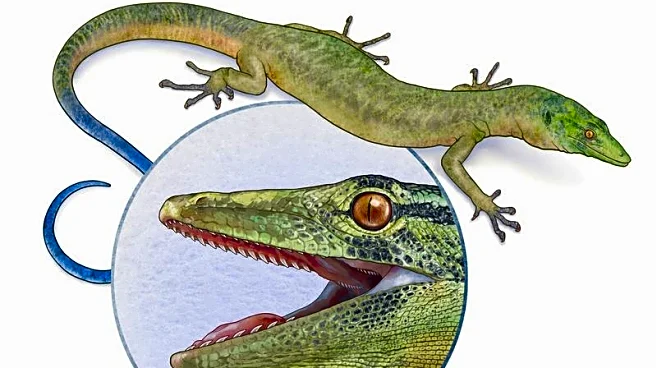What's Happening?
Recent findings published in the American Journal of Biological Anthropology suggest that the small grooves found on ancient human teeth, previously thought to be evidence of tool use, may not be caused by toothpicks after all. Researchers discovered that similar grooves appear naturally in wild primates, challenging the notion that these marks are indicative of deliberate tool use. The study analyzed over 500 teeth from 27 primate species, both extinct and living, and found no evidence of abfraction lesions, a common modern dental disease. This research reshapes the interpretation of the fossil record and raises new questions about the unique ways human teeth are affected today.
Why It's Important?
This study has significant implications for both anthropology and modern dentistry. By demonstrating that grooves resembling 'toothpick' marks can occur naturally, the research urges caution in interpreting fossil evidence as signs of cultural behavior. Additionally, the absence of abfraction lesions in primates suggests these dental issues are uniquely human, likely tied to modern habits such as forceful brushing and processed diets. Understanding these differences can help refine evolutionary dentistry, offering insights into the dental problems faced by humans today and highlighting the impact of lifestyle on dental health.
What's Next?
Future research will focus on expanding the sample size of primate teeth, investigating the links between diet and tooth wear in wild populations, and utilizing advanced imaging techniques to understand lesion formation. The goal is to refine interpretations of the fossil record and develop new strategies for preventing dental diseases. By comparing human teeth with those of other primates, researchers aim to distinguish universal dental wear from issues unique to humans, potentially leading to improved dental care practices.











